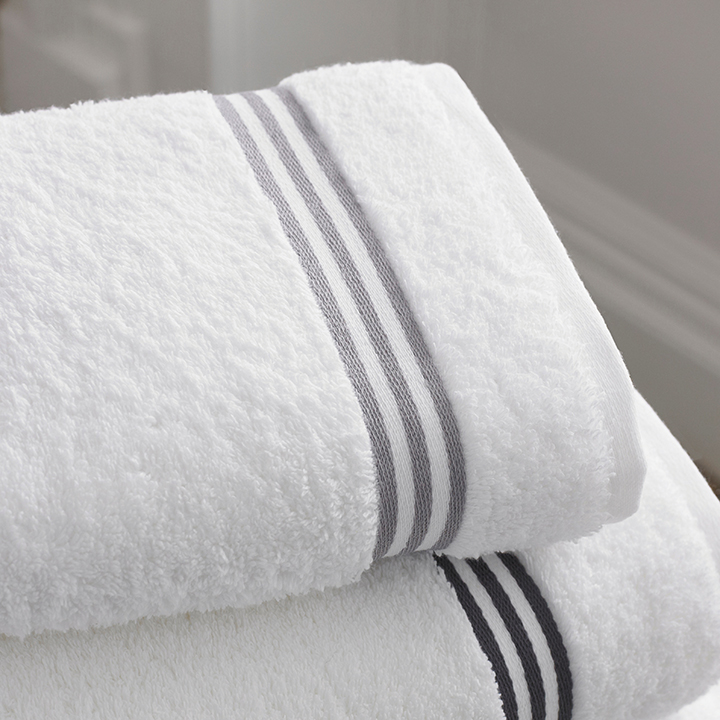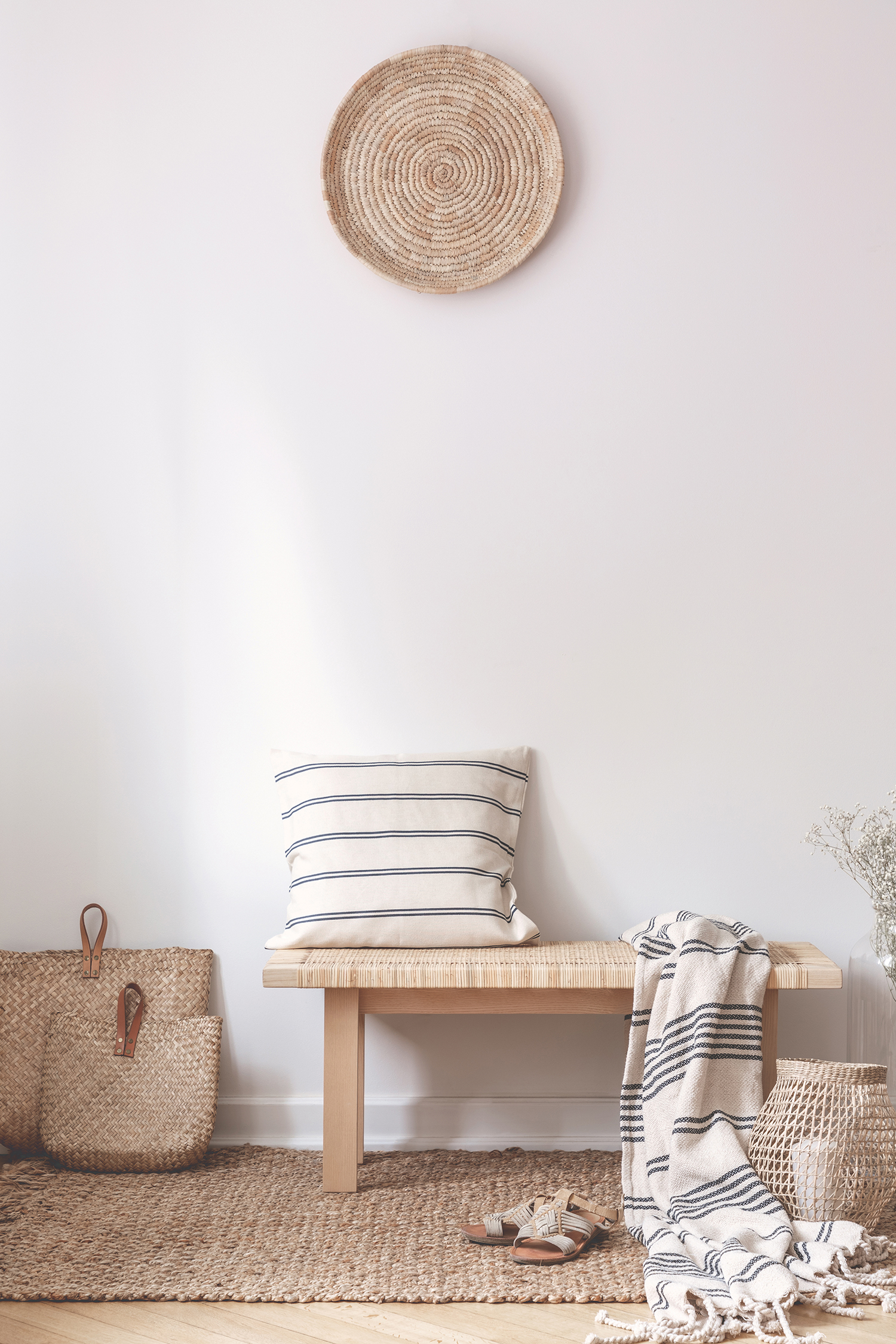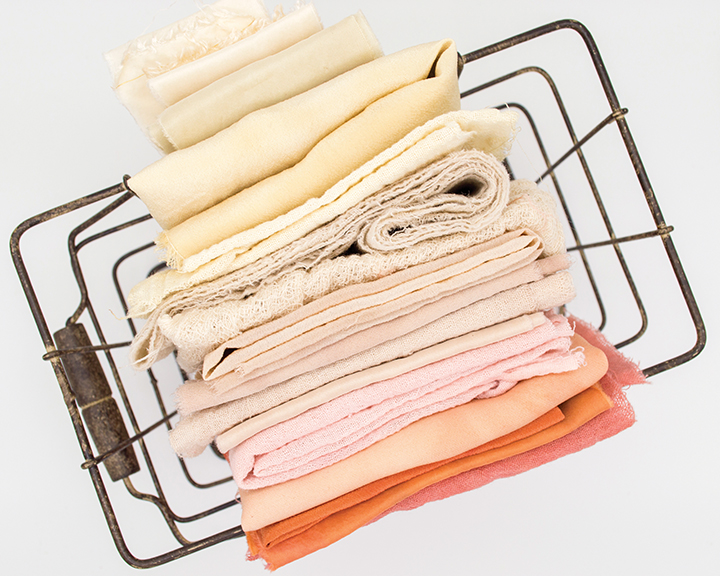Organic Textiles for Your Home
We discussed removing chemicals in your home on page 16, but if you’re looking to make changes beyond eliminating harmful household cleaners, consider replacing your linens with organic versions. Cotton is one of the most heavily sprayed crops in the United States, and the chemicals used during the conventional growing process may leave traces on the fibers used to produce your sheets and towels. Organic options come from cotton (or other natural fibers) grown without the use of pesticides, synthetic pigments, and bleach, making them hypoallergenic. The lack of chemicals used during the manufacturing process means these sheets are less likely to cause a reaction in people with skin sensitivities and can be beneficial for asthmatics.
Organic fibers allow for ventilation and air circulation which helps absorb moisture. Cotton, in particular, can absorb up to 20% of its fiber weight before feeling damp to the touch. When used in sheets, organic cotton wicks away body moisture which then evaporates, keeping your body cool and dry.
Another reason to switch to organic linens is sustainability. Organic production replenishes and maintains soil fertility. Using natural fertilizers, as opposed to toxic pesticides or fertilizers, contributes to the building of biologically diverse agriculture which helps preserve land health for future generations. You might see “pure finish” sheets which simply indicates that no chemicals were used during manufacturing, but this isn’t the same as organic. Also, most wrinkle-free or easy care sheets are processed with formaldehyde, so steer clear.
Organic linens are also biodegradable and will be broken down by living organisms if you decide to replace them. For example, most biodegradable sheets can return to nature in as little as two weeks. This means less waste in landfills! Don’t worry about durability, however. Organic cotton or linen sheets are still very durable. These linens are completely safe to wash and dry in a regular washing machine and dryer, making them very easy to care for.
While you can find organic bedding in a variety of fabrics, especially with its growing popularity, cotton or linen are the easiest to source. Home textiles like towels, pillows, and throw blankets are also increasingly available in more natural materials.
If you feel you’d like to replace your current linens, here are a few beautiful and healthy organic options for your home.
Cotton
Easily the most popular fabric for sheets, cotton is durable, breathable, soft, and easy to care for. The most popular varieties are Egyptian, Pima, Upland, and MicroCotton®. This is also the easiest organic bedding source.
Linen
Naturally derived from the flax plant, linen is heavier than cotton and about 30% stronger. The finest linen typically comes from Europe due to the optimal climate and rich soil.
Tencel®
A brand name for fabric made out of eucalyptus tree wood pulp, Tencel® is soft, durable, and naturally antimicrobial, meaning it can kill or inhibit the growth of microorganisms.
Silk
Real silk provides a cool and smooth feeling and is hypoallergenic. Silk does come with a high price tag and is higher maintenance because of the delicate fibers.
Bamboo
Bamboo sheets are usually made from rayon which is produced when the bamboo pulp is put through a chemical process. Be careful with Bamboo—the manufacturing process often utilizes harmful chemicals and can be difficult on the environment, making it less eco-friendly than manufacturers sometimes claim.





